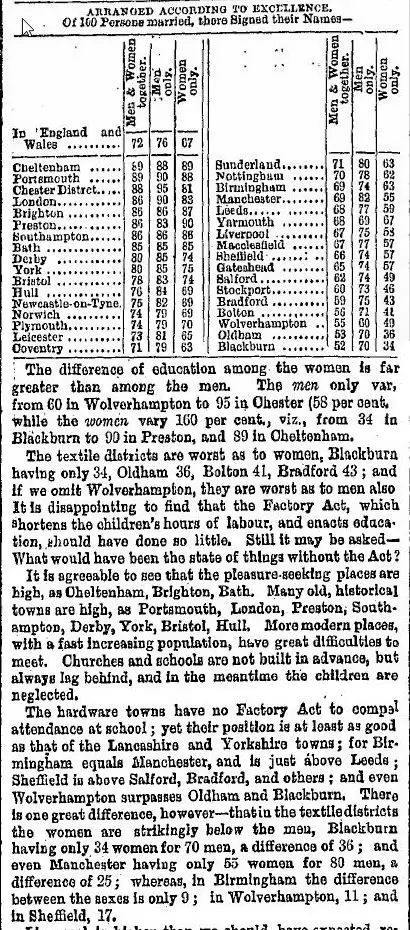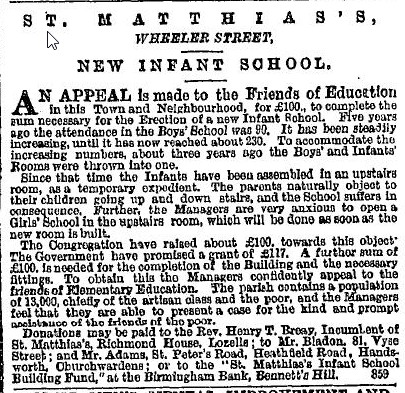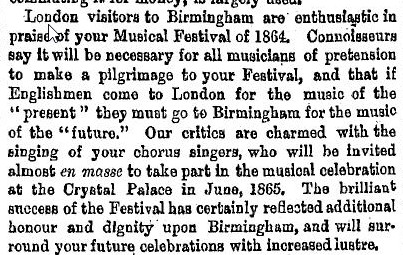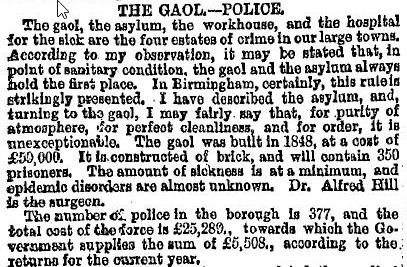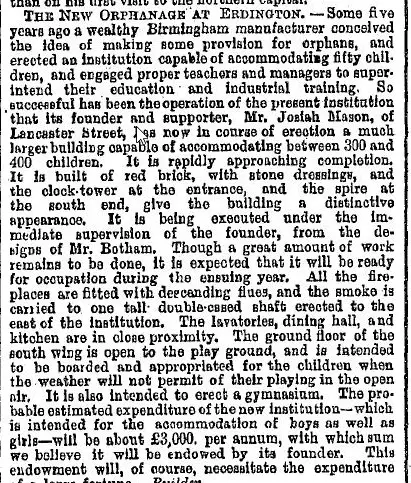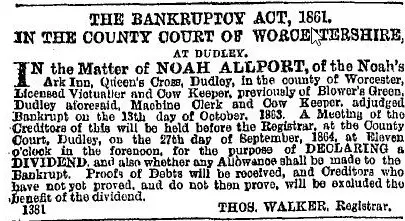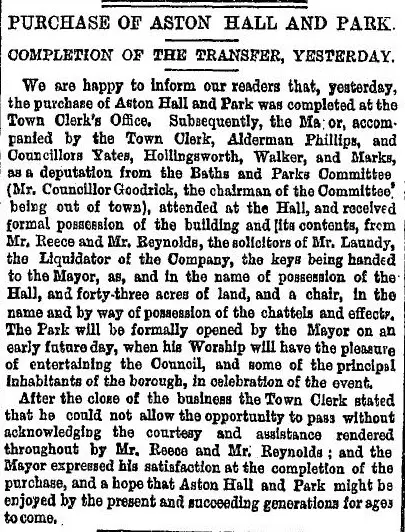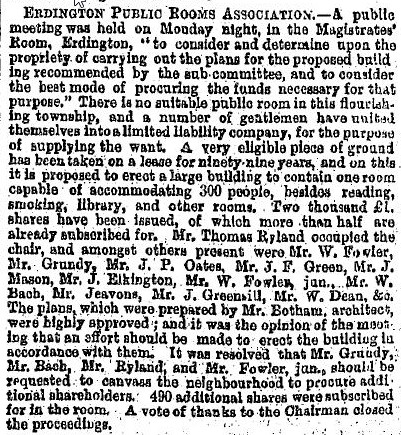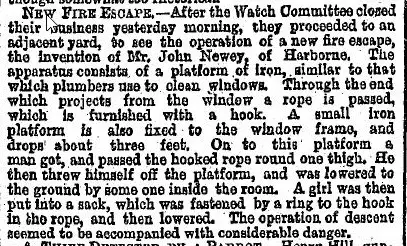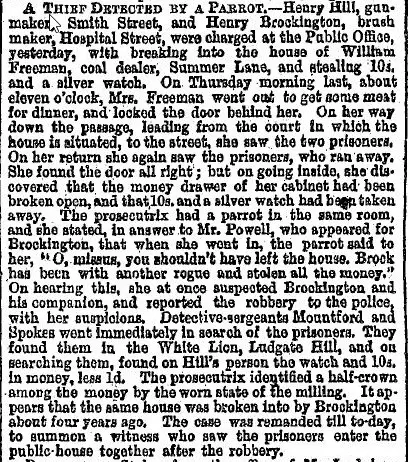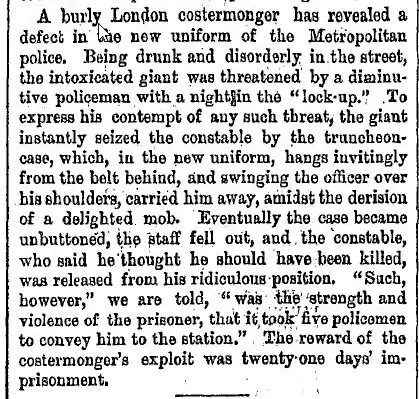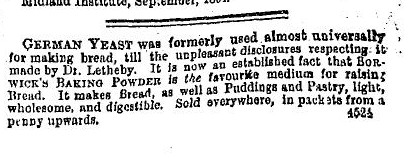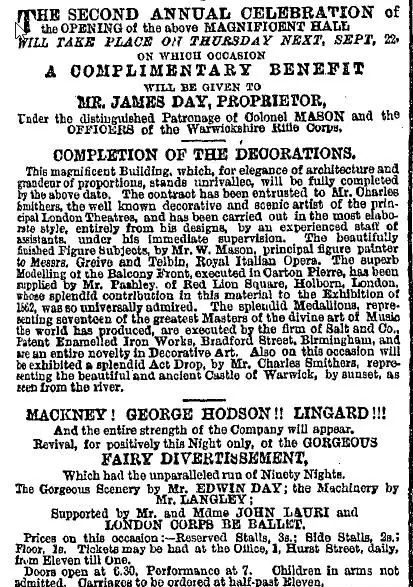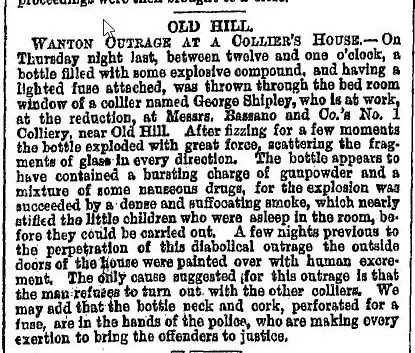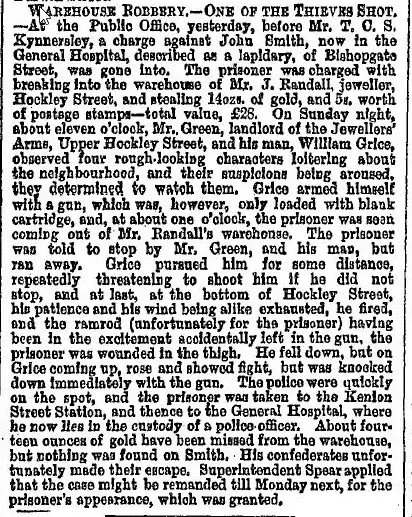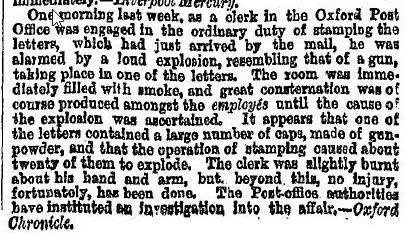And it could be argued , according to the papers of the time , that this might not have happened if the mayor, also connected to the company owning the park, had not asked Queen Victoria to open it. His invitation was sent, apparently, though it seems the actual letter was "lost", implying (or lying) that he was asking as mayor not as a company official. This caused the Queen to believe that the park was to be a people's park owned by the council, and she accepted the invitation. Later, when this became clear, it was considered necessary for the honour of the city for the city to buy the park (with some help from benefactors). So for once (out of millions of cases) a council's lies did produce a good result

